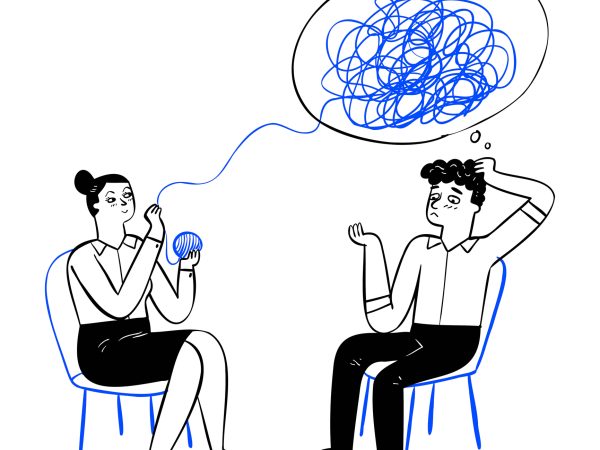
HWC’s Summer 2024 Newsletter
In this newsletter we will discuss how findings in neuroscience correlate to relationship-based crisis intervention behavior management models. Specifically, how HWC’s Solid Object Relationship Model (SORM) interacts with the nervous system to create a state of calm.
The Autonomic Nervous System (ANS)
The Nervous System acts as your control center. It is responsible for everything from your heartbeat and breathing to digestion, emotions and the way you feel. The Autonomic Nervous System is comprised of two main parts: the Parasympathetic Nervous System (PNS) and the Sympathetic Nervous System (SNS).
Think of the PNS as the brake and the SNS as the gas pedal.
- The PNS is responsible for the “rest-and-digest” response that calms the body down. It allows us to relax, become calmer, more clear and focused.
- The SNS is responsible for the “fight-or-flight” response which primes the body for action against a perceived or actual threat. It can also be activated in cases of imaginary threats or fears.
In a regulated state, the interaction between these two parts of the ANS keeps our body’s functions running smoothly and maintains our emotional well-being. In times of stress, our SNS protects us by activating bodily processes to increase arousal, alertness and activity. Once the danger has passed, the PNS carries signals to deactivate these processes returning the mind and body to a state of calmness.
Whereas an “acute” or brief state of stress is helpful and productive, a constant or “chronic” state of stress is unhealthy and can lead to exhaustion, irritability, depression, sleep disturbances, and over time, more severe issues like hypertension and compromised immunity.
Neurons That Fire Together, Wire Together
The brain hardwires everything that we repeatedly do. This principle can be summed up with the phrase “neurons that fire together, wire together.” Meaning, when one neuron repeatedly activates another via chemical messages, the connection between the two cells gets stronger. This is why it is important to stop bad behavior before the neuro-connections become “hardwired” or to interrupt the “hardwired” connection so that the connection lessens and new, more productive, neuropathways and behaviors can be established.
Regulation and Co-regulation
Behavioral or self-regulation refers to the ability to monitor, manage and regulate our own emotions and behavior. Co-regulation (or attachment) happens when two people help each other regulate their emotions. In the case of a teacher/student or parent/child, it can also mean teaching kids how to manage their behavior and emotions on their own.
Your stress can make another person feel stressed, your calm can make another person feel calm. The reverse is also true, another person or child’s stress can make you feel stressed. In order to assist in the regulation of another’s behavior, we have to be in control of our own behavior first.
Using the Solid Object Relationship Model (SORM) to Cultivate Attachment (Co-regulate).
SORM is based on the principle that a person in crisis will attach to a more solid object (co-regulator) to regain stability and homeostasis. Maintaining a calm emotional state by staff and faculty is absolutely critical to establishing an attachment where the student or child feels safe and they can trust you. Many students chronically misbehave not because they do not want to behave, but because they have not developed the tools to gain mastery over their behavior. Attachment is all about safety, protection and emotional regulation in times of perceived threat or danger. The student or child must feel that they are in a space that is both physically and emotionally safe from harm. The attachment with a Solid Object (You) has a positive regulatory effect on the physiological and psychological response to stress and the student’s return to a calm state.
A Solid Object does not respond to provocation or take things personally.
Qualities needed to be perceived as a Solid Object:
Calm ● Unafraid ● Centered ● Balanced
Fair ● Empathetic ● Understanding
Consistent ● Disciplined
Verbally Reassuring
©2024 Handle With Care®. All Rights Reserved.